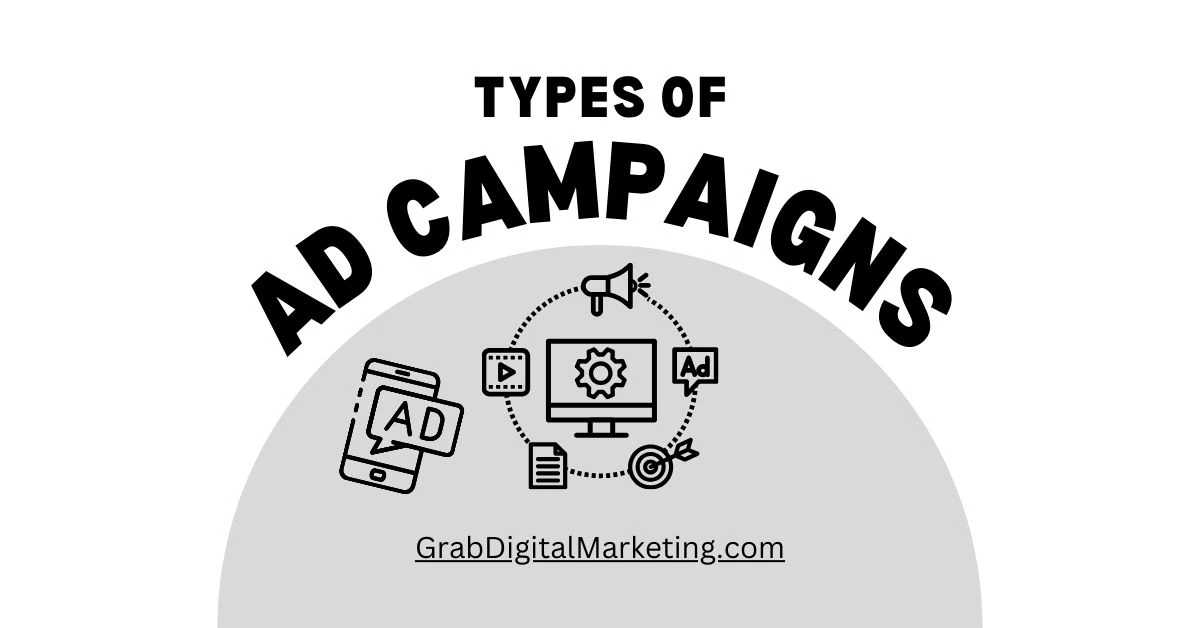How many Types of Ads Campaigns?
Advertising campaigns come in various types, each designed to achieve specific marketing objectives. Search advertising focuses on displaying ads in search engine results based on user queries, ensuring high relevance. Display advertising uses visual banners across websites and apps to increase brand awareness. Social media advertising leverages platforms like Facebook, Instagram, and LinkedIn to engage audiences through targeted promotions.
Table of Contents
Sure, let’s dive into the diverse world of ad campaigns. Advertising campaigns have evolved significantly, adapting to new technologies, consumer behavior, and market trends. Here are some key types of advertising campaigns:
1. Product Launch Campaigns
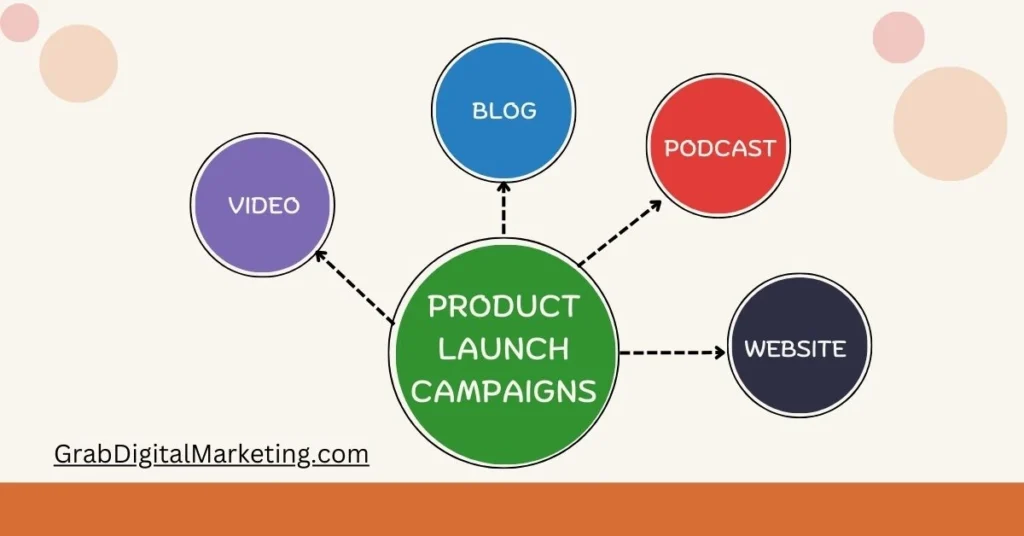
- A product launch campaign with Google AdSense is a powerful way to get your new product noticed by the right people. It starts with knowing exactly who your ideal customers are—their age, interests, and what they search for online. Google Ads enables you to target these potential buyers precisely, whether through search ads that appear when people search for related products, shopping ads that display your items with images and prices, or video and display ads that build excitement before launch.
- To succeed, plan your budget wisely—start with a moderate daily spend to test what works, then increase investment for the best-performing ads. Use teaser ads to create buzz a week or two before launch, and consider remarketing campaigns to remind visitors about your product and encourage them to buy. Additionally, focus on specific keywords related to your product’s unique features to effectively reach high-intent shoppers.
- Regularly check how your ads are performing and make improvements by testing different headlines, images, or calls-to-action. With this step-by-step approach, Google AdSense and Google Ads can help your product launch gain visibility, attract interested customers, and drive sales smoothly and successfully.
2. Brand Awareness Campaigns
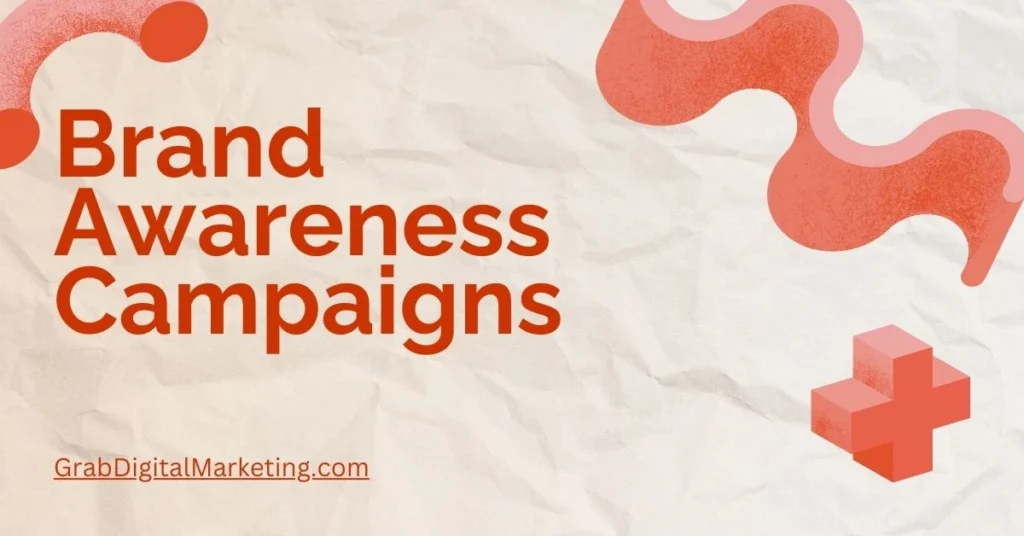
- Brand awareness campaigns with Google AdSense are designed to help more people discover and recognize your brand. These campaigns focus on getting your ads seen by a broad but relevant audience, building familiarity and trust over time. With Google Ads, you can show your brand to potential customers as they browse websites, watch videos on YouTube, check their Gmail, or use mobile apps. The goal is to create memorable, visually engaging ads that capture attention and plant your brand in people’s minds, even before they are ready to make a purchase.
- Using tools like Performance Max campaigns powered by Google’s AI, your ads can reach the right people at the right time across multiple Google platforms in one easy campaign. This helps you maximize your ad budget and get the best possible exposure. You can also track how many people see your ads, engage with them, and start to recognize your brand. Over time, building strong brand awareness with Google Ads sets you up for greater success when you want to drive sales or gain loyal customers.
- In summary, brand awareness campaigns focus on making your brand known and trusted by showing your ads widely while targeting the people most likely to be interested. It’s a smart way to invest in the long-term growth of your business and prepare the ground for future conversions.
3. Seasonal and Event-Based Campaigns
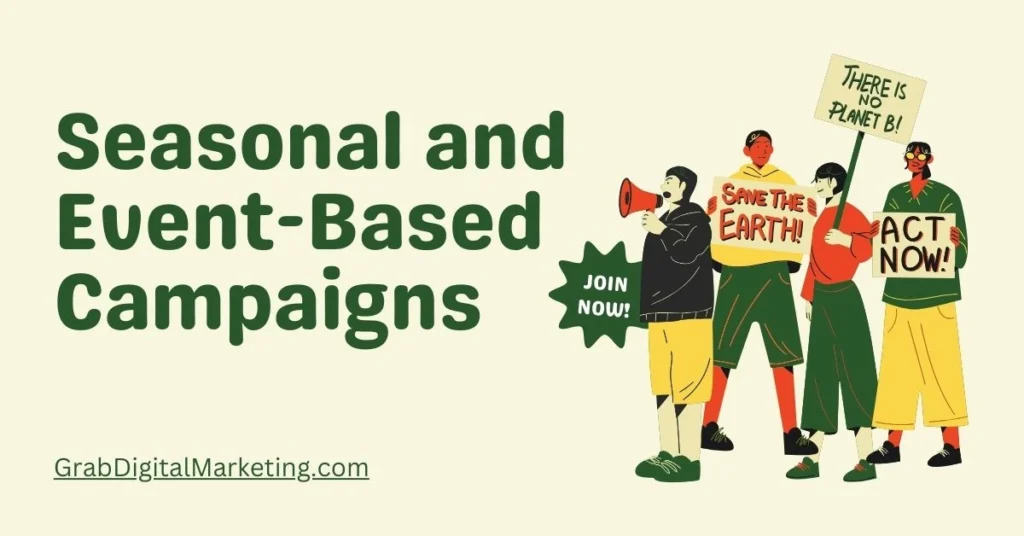
- Seasonal and event-based campaigns with Google AdSense are a great way to boost your ads during special times of the year, like holidays, back-to-school season, or big sales events. These campaigns help you reach people when they’re most ready to buy by tailoring your ads to match the occasion. For example, you can promote holiday discounts, limited-time offers, or event-related products to attract more attention and clicks.
- Google Ads lets you easily adjust your targeting and messaging to fit the season or event, making your ads more relevant and appealing to your audience. This focused approach can increase your chances of driving traffic and sales when people are actively looking for deals or gifts. Plus, with tools like performance tracking and A/B testing, you can see what works best and refine your ads for even better results.
- In short, seasonal and event-based campaigns help you take advantage of peak buying moments by showing timely, targeted ads that connect with what customers want right now. It’s a smart strategy to maximize your ad budget and grow your business during key times.
4. Social Media Campaigns

- Social media campaigns combined with Google AdSense can help you reach and engage your audience more effectively. By using Google Ads alongside social media, you can drive targeted traffic to your social media profiles or landing pages, increase your followers, and boost engagement. Google Ads allows you to create search, display, and video campaigns that put your social content in front of the right people across millions of websites, apps, and YouTube. This means you can promote your posts, videos, or social channels to users who are already interested in similar topics or products.
- The key to successful social media campaigns with Google Ads is to choose the right campaign types that match your goals—whether it’s getting more views on your videos, driving traffic to your social media page, or increasing conversions. You’ll want your ads to have consistent branding and messaging across platforms, so your audience recognizes and trusts your brand no matter where they see it. Plus, using Google’s powerful targeting and automation tools, you can optimize your budget and ad delivery to get the best results.
- Overall, integrating Google Ads with your social media efforts gives you a stronger, more versatile marketing strategy that helps build brand awareness, engage customers, and increase sales or leads across multiple channels.
5. Search Engine Marketing (SEM) Campaigns
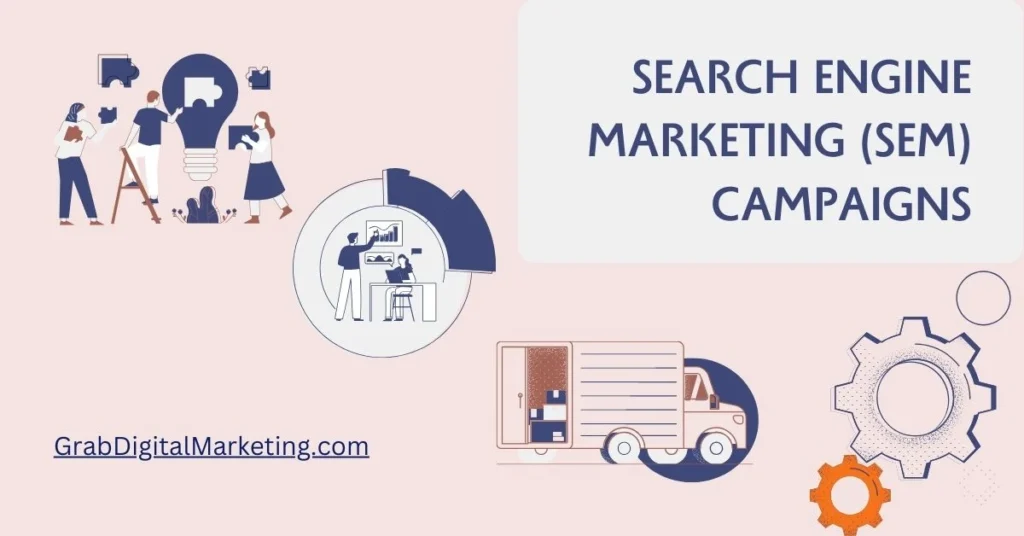
- Search Engine Marketing (SEM) campaigns with Google are a great way to get your ads in front of people actively searching for products or services like yours. With SEM, your ads appear as sponsored results on Google’s search pages when users type in relevant keywords. This means you reach customers who are already interested and ready to take action, like buying or signing up.
- To set up a successful SEM campaign, you start by choosing clear goals such as increasing sales, generating leads, or driving traffic to your website. Next, you create tightly focused ad groups based on keywords people use when searching for your products. Your ads should include headlines and descriptions that match these keywords and clearly explain what you offer, along with a strong call to action.
- Google uses a bidding system where you decide how much you’re willing to pay each time someone clicks your ad. You also set a daily budget to control how much you spend overall. Google’s AI helps optimize your ads by showing them to the right users and adjusting bids to improve your results.
6. Email Marketing Campaigns

- Google AdSense itself does not allow placing ads directly inside email marketing campaigns due to its program policies, which prohibit promoting websites with Google ads through unsolicited emails. However, email marketing remains a powerful tool to engage your audience and complement your Google Ads efforts.
- In email marketing, you focus on sending personalized and relevant messages to your subscribers to build relationships, share updates, and encourage visits to your website or product pages. You can use emails to promote special offers, new products, or content that adds value to your audience. While you can’t embed Google AdSense ads directly in emails, you can use emails to drive targeted traffic to your site, where AdSense ads are displayed.
- To make the most of email marketing alongside Google Ads, focus on growing a quality email list, segmenting your audience for more personalized outreach, and creating engaging content that nurtures trust. This approach helps increase visitors to your site, which can improve your AdSense earnings by generating more ad impressions and clicks on your site’s content.
7. Content Marketing Campaigns
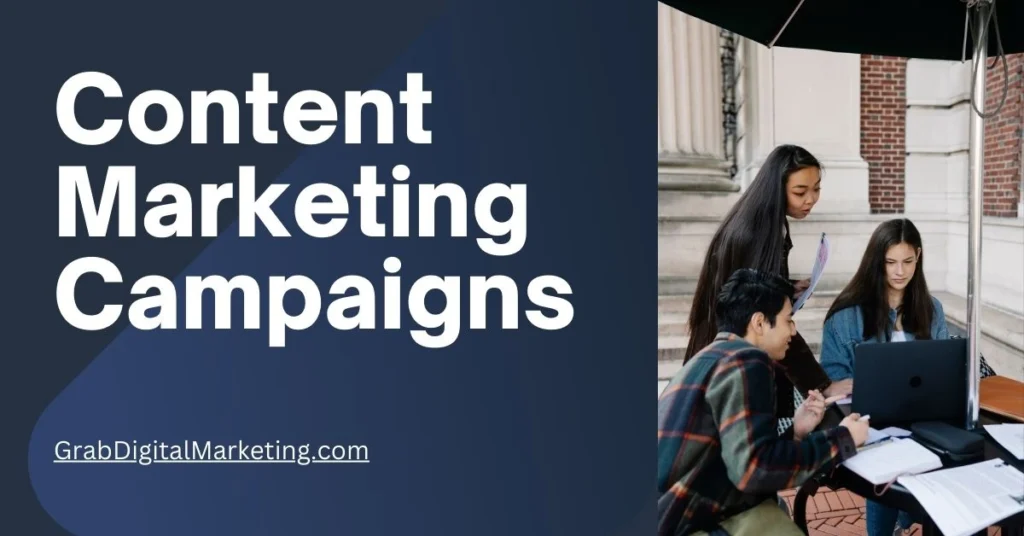
- Content marketing campaigns with Google focus on creating and sharing valuable, relevant, and consistent content to attract and engage your website visitors. The goal is to build trust and long-term relationships with your audience by offering information, entertainment, or solutions they care about. When done right, this leads to more visitors who stay longer on your site, increasing the chances they will click on your Google AdSense ads, which boosts your earnings.
- To succeed, create fresh and original content regularly that matches the interests and needs of your audience. Use clear, easy-to-read writing with well-structured headings, short paragraphs, and engaging visuals like images and videos. Optimizing content for search engines using relevant keywords helps attract more organic traffic from Google search. You should also promote your content through social media and email to bring visitors back to your site.
- Tracking which types of content perform best with your visitors helps you focus on what works and improve over time. By combining great content with smart ad placements and following Google’s guidelines, you can create a strong content marketing strategy that supports your Google AdSense success and builds a loyal audience.
8. Influencer Marketing Campaigns
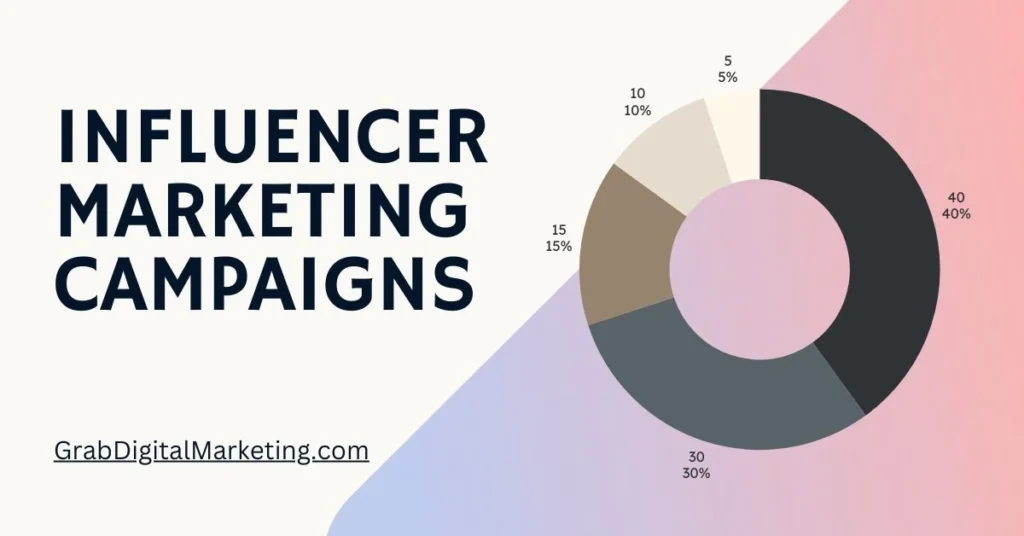
- Influencer marketing campaigns with Google work by partnering with popular creators to promote your brand through authentic content, while also using Google Ads to amplify that reach. Influencers introduce your product to their followers in a natural, trusted way, which builds credibility and sparks interest. Then, Google Ads can retarget those who engaged with influencer content or reach similar audiences across Google’s vast network, including YouTube, Display, and Search. This combination ensures your message reaches potential customers multiple times, increasing brand awareness and chances for conversion.
- To make the most of influencer marketing with Google, you align your ad keywords and messaging with the influencer’s content, creating a cohesive experience for your audience. Google’s AI helps optimize and deliver your ads to people who are most likely to take action. You can even repurpose influencer-created photos or videos in your Google display ads, boosting familiarity and trust.
- Overall, combining influencer campaigns with Google Ads creates a powerful, cost-effective way to expand your brand’s visibility and drive better results by reaching customers across multiple channels with consistent messaging.
9. Public Relations (PR) Campaigns
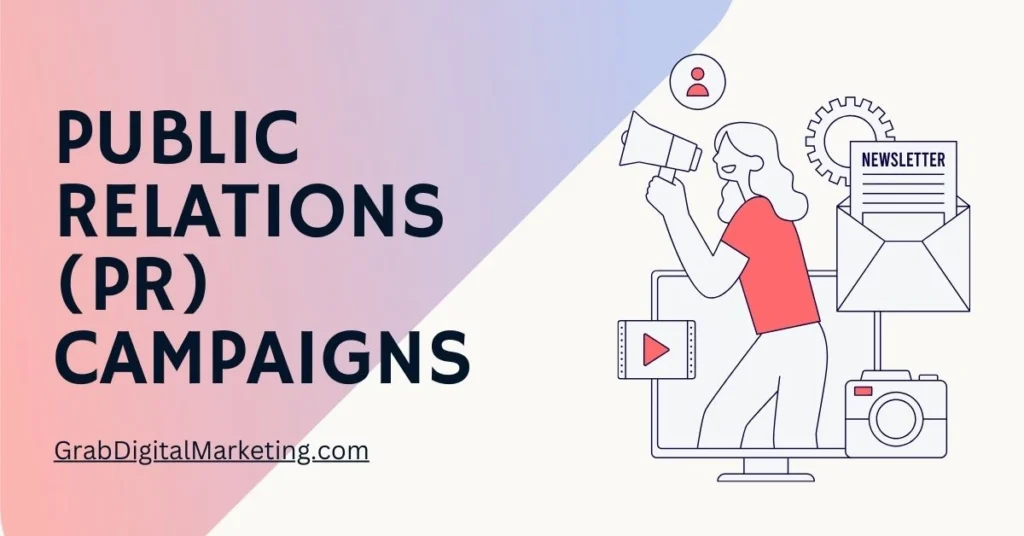
- Public Relations (PR) campaigns using Google Ads help you share your brand’s story, promote events, and manage your reputation by reaching the right audience at the right time. With Google Ads, PR professionals can create targeted campaigns that focus on specific groups based on location, interests, and demographics. This ensures that your news, press releases, or events get maximum visibility among people who matter most to your brand.
- Google Ads also offers tools to track how well your campaigns are performing, allowing you to adjust and optimize your ads for better results. For PR campaigns, this means you can measure engagement, understand your audience’s response, and improve communication strategies over time. Integration with lead management tools can further streamline your efforts, helping you capture and follow up with contacts efficiently.
- Overall, combining Google Ads with PR strategies lets you boost brand awareness, build trust, and create a positive perception by connecting with your audience through precise, data-driven advertising. This makes your PR campaigns more effective and helps you achieve your communication goals with measurable impact.
10. Guerrilla Marketing Campaigns
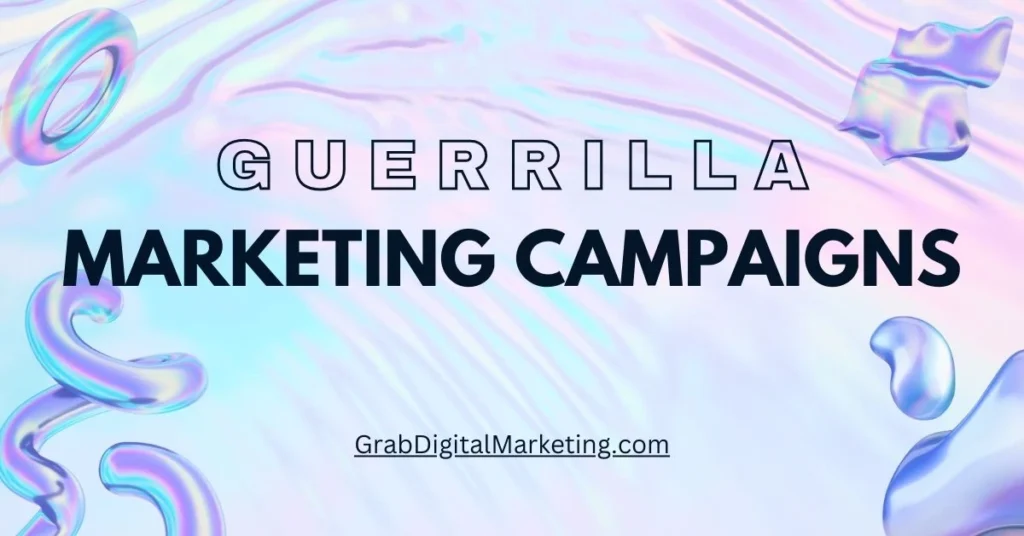
- Guerrilla marketing campaigns are creative and low-cost ways to grab attention and make a big impact without spending a lot of money. Instead of using traditional ads like TV or billboards, guerrilla marketing uses surprising, unusual, and memorable tactics that catch people off guard. This can include street art, interactive displays, clever public stunts, or unexpected events that get people talking and sharing on social media.
- The key to guerrilla marketing is creativity and originality—something that feels fresh, fun, or emotionally engaging. Because these campaigns stand out from the usual advertising noise, they often create buzz and word-of-mouth, helping brands connect with their audience in a lasting way. It’s a powerful strategy, especially for small businesses or startups that want to compete against bigger companies without a huge budget.
- By using guerrilla marketing, you aim to surprise your customers and leave them with a strong impression of your brand, often encouraging them to share their experience with others, increasing your reach beyond the initial campaign. This makes it a smart, cost-effective way to build brand awareness and create meaningful customer engagement.
11. Customer Retention Campaigns

- Customer retention campaigns with Google Ads focus on keeping your existing customers engaged and encouraging them to come back for more. These campaigns help build loyalty, increase the lifetime value of your customers, and reduce the chances that they’ll switch to a competitor. Google’s retention-focused tools, like Performance Max campaigns with win-back modes, allow you to target customers who haven’t interacted with your brand for a while and invite them back with personalized ads, special offers, or reminders.
- Effective retention campaigns often use remarketing, showing ads to people who have already visited your site or made a purchase. By tailoring your ads based on past behaviors, preferences, or purchase history, you make your messages more relevant and appealing. For example, you could offer exclusive discounts or early access to new products to loyal customers, or create win-back campaigns with incentives for customers who haven’t shopped recently.
- By continually monitoring and optimizing these campaigns, you can improve your marketing ROI and deepen your relationship with your customers. Done well, retention campaigns with Google Ads keep your brand top of mind and encourage repeat business, helping your company grow steadily over time.
12. Cause Marketing Campaigns
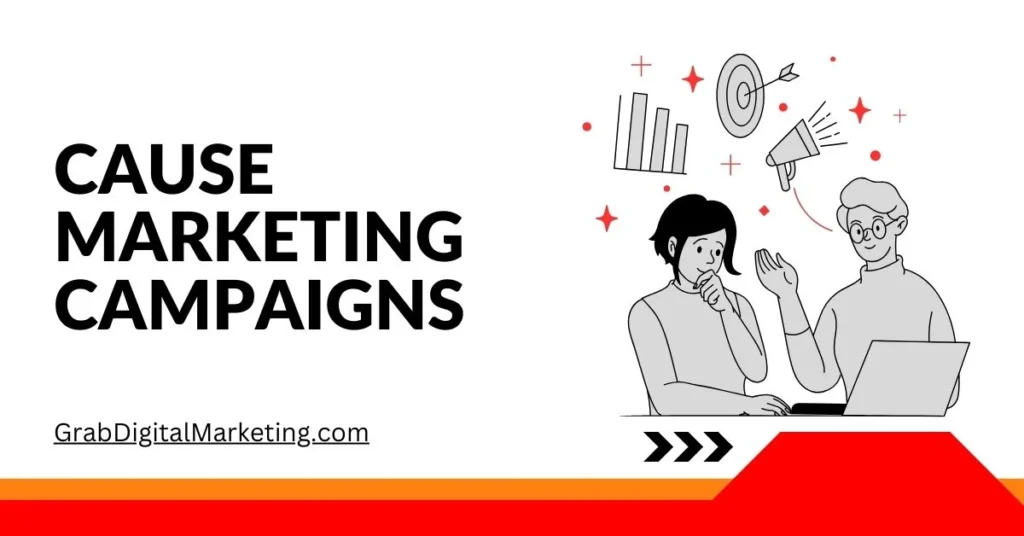
- Cause marketing campaigns with Google Ads are a way for businesses to support and promote social or environmental causes while also building their brand. These campaigns connect your company with a cause that matters to your customers, creating a deeper emotional connection and showing your commitment beyond just selling products. For example, you might partner with a nonprofit, donate a portion of sales to charity, or raise awareness about an important issue through your ads.
- A successful cause marketing campaign feels genuine and aligns well with your brand values and customer interests. It not only boosts your company’s image and loyalty but also helps bring attention and support to causes that need it. Using Google Ads, you can target the right audience with messages that highlight your support for the cause, making your campaign more impactful and memorable.
- In today’s world, many consumers want to buy from brands that stand for something meaningful. Cause marketing with Google Ads lets you do good while growing your business by creating positive associations and encouraging customers to support your brand because of shared values.
Conclusion
In today’s dynamic and competitive landscape, businesses must carefully choose and execute the right mix of advertising campaigns to achieve their goals. Each type of campaign offers unique advantages and can be tailored to the brand’s objectives, target audience, and budget. By leveraging a combination of traditional and digital marketing strategies, businesses can effectively reach and engage with consumers, drive sales, and build lasting brand loyalty.

